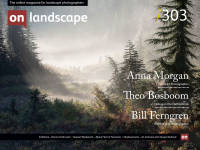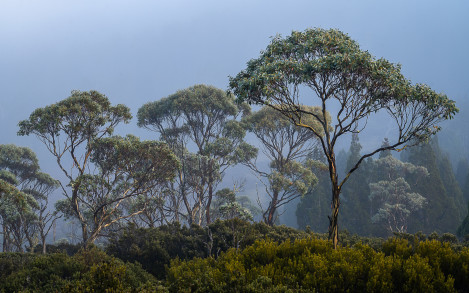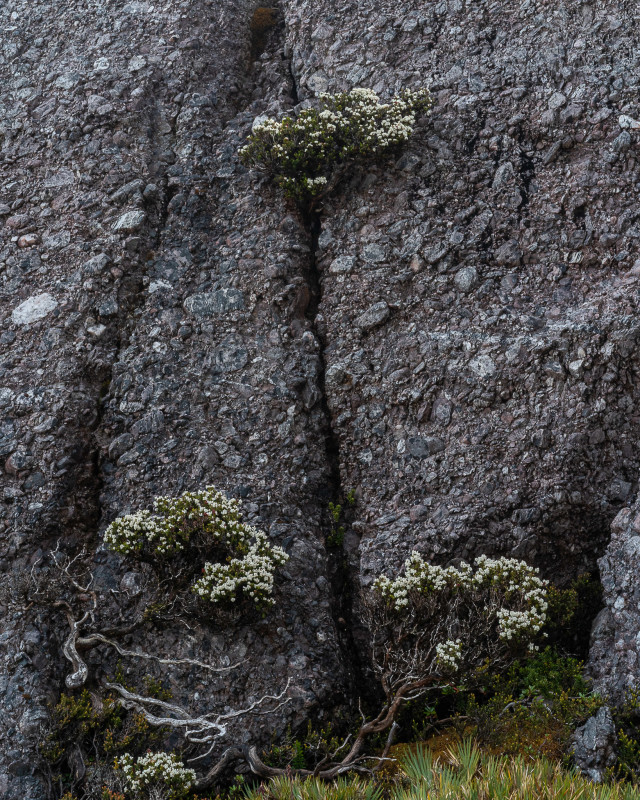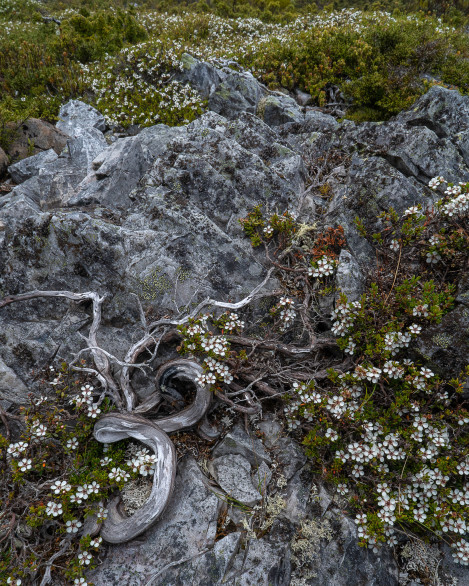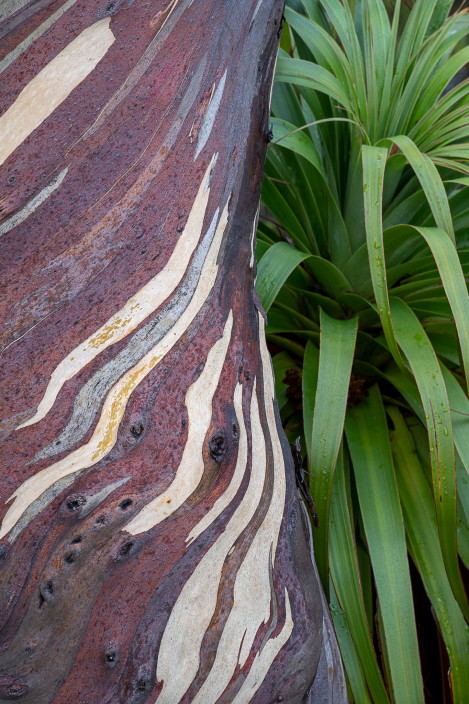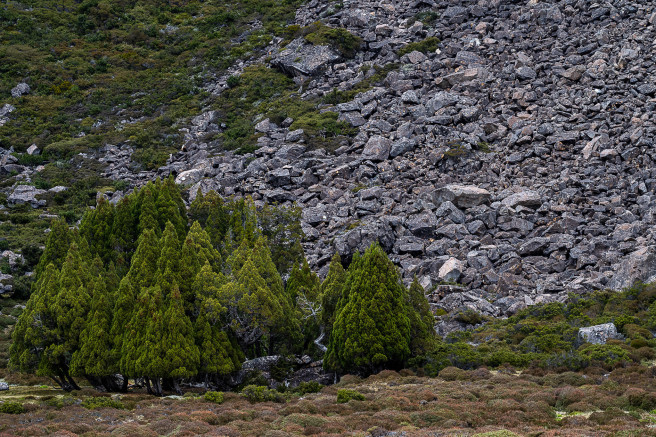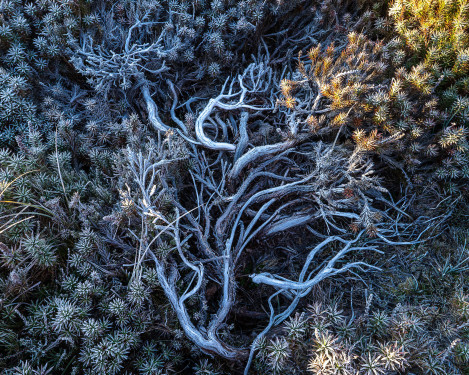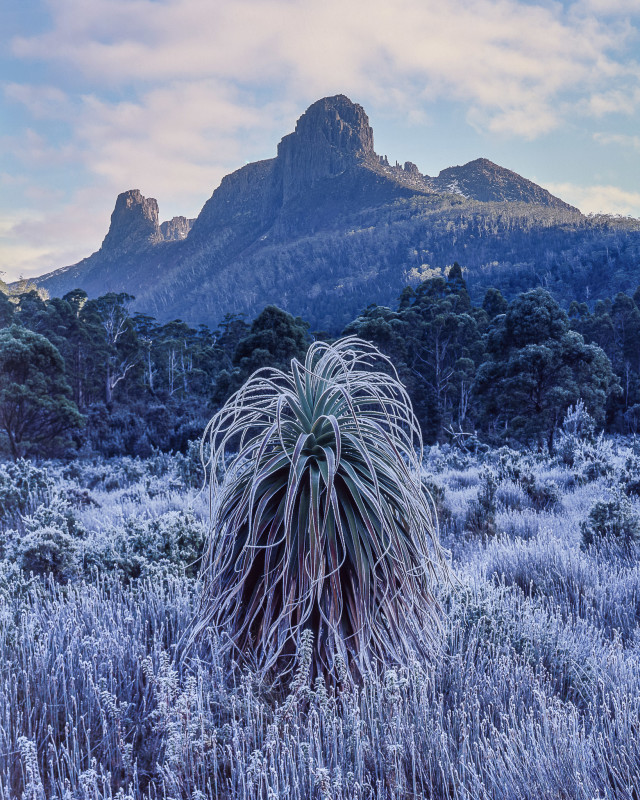Places of limitless beauty

Keenan Wadsworth
An amateur landscape photographer based in Melbourne, with a passion for exploring Australia's wild and natural places.
Prior to my first encounter with the work of Peter Dombrovskis, I was incognizant to the breadth and beauty of Tasmania’s wilderness area. Prior to my first major visit, I was equally unaware of the sheer sense of wilderness I would experience upon entering the Walls of Jerusalem National Park on a trip wholly inspired by Dombrovskis’ sublime images of the area. That first trip instilled in me an ardent love of wild, pure Tasmania and many subsequent trips have been taken not just to explore but to experience its wilderness of towering dolerite peaks, valleys of Gondwanan pines and boundless alpine plateaus.
As with any wilderness, the character and beauty of Tasmania’s alpine landscape are found in all components of the area; from the bowed, weathered trunks of 1000-year old pencil pines to the emerald crowns of tall and proud pandani, often perched beneath imposing dolerite peaks. Such peaks, unique to Tasmania, rise like grand fluted organs from the landscape, with which nature composes wild winds and snow squalls to further sculpt the land. Such is the remarkability of Tasmania that its national parks, so well preserved, continually exist as a result of natural forces without the interference of man.
When you walk through these landscapes, the character of the sculpted flora is immediately apparent, often so much so that they hinder walking because their beauty demands you to stop, admire and, more often than not, photograph them. Throughout my past visits to this land, I have been continually inspired to communicate the emotive nature of these plants and to also express myself through composition and the extraordinary subject matter that they provide. More than anything, through this project, I hope to create images that express my love and adoration of Tasmania's wilderness.
Scope of the project
Undertaking this project, I soon realized the species of endemic flowers, trees, heath plants, and everything in between are innumerous, with each individual species full of merit and photographic potential. Since I am not necessarily concerned with a strict timeline for the project, the approach I have chosen is to work with one plant at a time, as long as it is endemic to alpine Tasmania. The choice of subject matter is often dependent on location (and season), as the diversity of flora across the island state is extraordinary relative to its size - one of the many interesting things about the island is how it acts as a time capsule for plants that date back to Gondwanan times. To be able to convey how ancient Tasmania is through these images form part of my intentions for this project, as well as the relationships that alpine flora form with the landscape due to the often-extreme weather they endure on an island in the path of the roaring forties.
One of my main subjects for the project so far has been Richea Pandanifolia, or the colloquial pandani (not to be confused with the more common pandanus). The tallest heath plant in the world, the almost alien pandani grows to 12 meters. Undoubtedly photogenic, this is a plant which favors an interesting juxtaposition in its environments. Oftentimes, they are found growing together in lush groves, as if amongst family. However, they are just as frequently found isolated atop exposed moraines or windswept valleys. The pandani is easy to be smitten with, as I certainly have been. Much of my time on this project has been spent trying to seek out pandani in sublime locations, and as a result, often wondering how something that looks so delicate proves to be so hardy.
A large part of the project is committed to the fascinating trees found in alpine areas. Endemic pines, found atop exposed plateaus and lush valleys riddled with waterfalls, are some of the most dominant trees. The snow gum, another common tree, is immediately recognisable by its beautiful mottled bark, on which patterns unique as the human fingerprint form. The bark of these trees often exude striking, saturated colors after rain and snow. Photographing pines and snow gums is an interesting exercise, as they often exist amidst stunning landscapes, while the individual trees form characterful krummholz as a result of strong winds. Trying to find a composition that perfectly balances both their environment and individual character remains an enjoyable challenge for this project- these trees are always a pleasure to work with photographically.
The ephemeral deciduous beech, or Fagus, as it is locally known, is perhaps one of Tasmania’s most distinctive trees. The only winter deciduous tree in Australia, it is another Gondwanan relic, with its closest relative being the Lenga trees in Patagonia. The Fagus is undoubtedly most beautiful in the antipodean autumn when its foliage turns golden and often a deep red. While relatively straightforward to find, the most extensive populations of this magnificent tree are often in deep wilderness. When combined with the fickle weather of its alpine environment, planning a trip to photograph the tree in the peak of autumn can prove challenging. As such, creating a series of photographs which express the wondrous nature of this plant forms another key goal for this project.
Logistics
The majority of Tasmania’s alpine areas are incredibly remote, with very few mountains having road access. While this is certainly a blessing and one of the many reasons Tasmania’s wilderness remains so pristine, the alternative to accessing these mountains is usually via a steep, often vertiginous walk-in. As such, most trips dedicated to photography take course over multi day hikes, which are always incredible experiences in themself. I often choose to further extend trips, spending multiple days in a single area in order to immerse myself in the wilderness I have chosen to walk into. This provides me with ample time to explore an area I would otherwise be passing through on a shorter trip and to familiarize myself with any subjects I come across while exploring. I find this approach of giving myself time to open up to photographic possibilities far more rewarding than embarking on a shorter trip with preconceived photographs. I am always amazed by what can be found in an area if the time is taken not just to explore but to patiently observe. With the changeability of alpine weather, it is certainly possible to create a spectrum of photographs from the same subjects in different conditions. One such example is a small button grass field bordered by pine forests nestled beneath imposing peaks. Over the course of the day, the field encountered hoar frost, soft sunlight, heavy rain which saturated the deep oranges and greens of sphagnum moss pillows on which the button grass grows, and amber rays dancing across scattered pandani.
While always stunning, Tasmania’s weather can frequently prove challenging, especially if you are caught off guard by blizzards or gale force winds. This requires careful planning and preparation in order to reduce the risk of injury and becoming stranded. Depending on where a trip takes place, there are numerous alpine huts where one can seek refuge from bad weather. While newer huts are found alongside Tasmania’s popular multi day walks, such as the overland track, there are still many less known huts which can provide dry and warm shelter, especially in winter. I have found using these huts as a sort of base camp over a few days to explore an area to be both productive and rewarding.
Another challenge, common with any multiday walk, is having to carry multiple days’ worth of food and equipment. Thankfully, water is abundant in Tasmania, and I am able to fill up my bottle every hundred or so meters from a bubbling aquifer or stream. In terms of camera equipment, I normally carry a sturdy tripod, a digital camera with 2-3 lenses in addition to a large format 4x5 camera, also with 2 lenses and 5 film holders worth of film. While carrying all of this certainly makes my pack heavier than it should be, It is worth the freedom to be able to work without hindrance when I find something to photograph. Being able to observe Tasmania’s beauty through the ground glass of a large format camera is always a tranquil and moving experience, regardless of what I am photographing.
Locations
As for the specific areas where I am working on this project, most of my trips take place around Tasmania’s central plateau. An elevated area of around 900 meters, the central plateau is a region once lifted up by tectonic activity and carved out by glaciers, leaving many of the mountains Tasmania is known for. These span across much of the plateau, forming national parks such as the Cradle Mountain-Lake St Clair National Park and the Walls of Jerusalem National Park. Beneath the pronounced peaks of these national parks, forests of native conifers form, often circling lakes, alpine tarns and rivers.
While most of the mountains in these national parks are formed of distinct dolerite pillars, alpine areas found west of the central plateau, such as the West Coast Range, Denison Range and Arthur Range, are a world apart. Largely encompassed by the Southwest National Park, these ranges are separate from the central plateau and are formed of conglomerate and sandstone in the north, which give way to jagged quartzite peaks further southwest. While many species of flora are common across most of alpine Tasmania, the conditions they grow in are not. This leads to uniquely characterized flora across different ranges and national parks, often as a result of the exposure to the environment in which they grow.
The future of the project
While this project is well underway, I still have several goals before I can consider it complete.
Even though I have visited many of Tasmania’s alpine areas, I feel that these are places of limitless beauty and, hence, places that I could continue to return to for as long as I am able to. To complete this project, there are still some areas I hope to visit (and revisit!), as well as certain species of flora I have yet to photograph. Having planned numerous future trips, I am hopeful that I will be able to finish this project before winter in the southern hemisphere in 2025.

